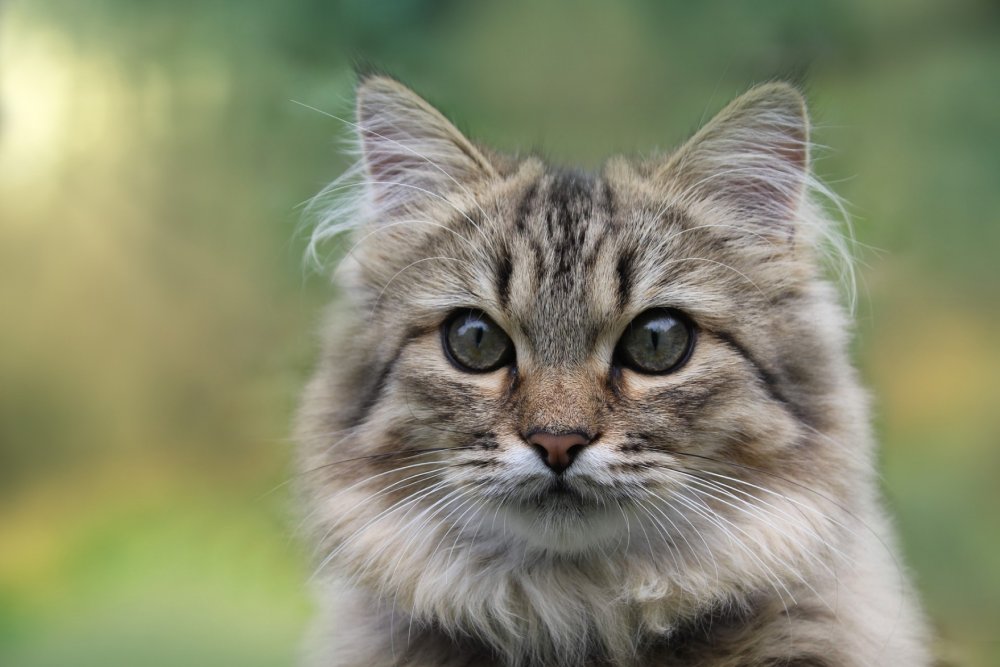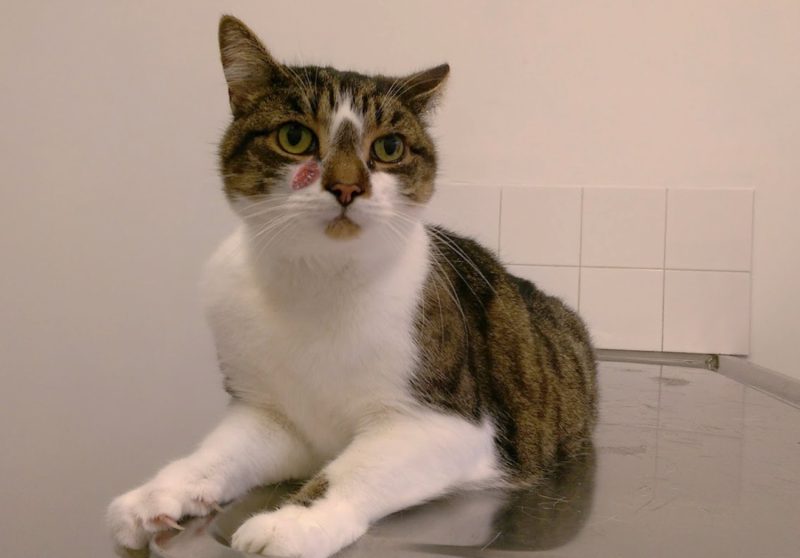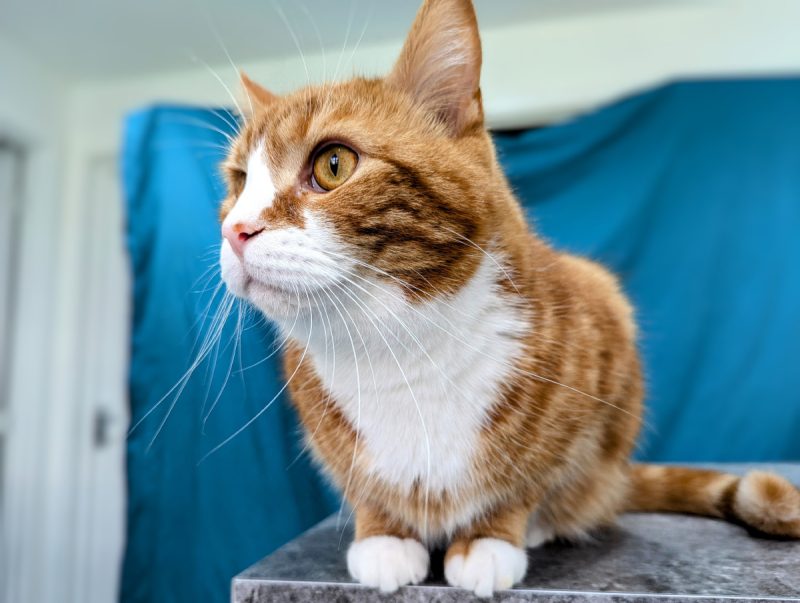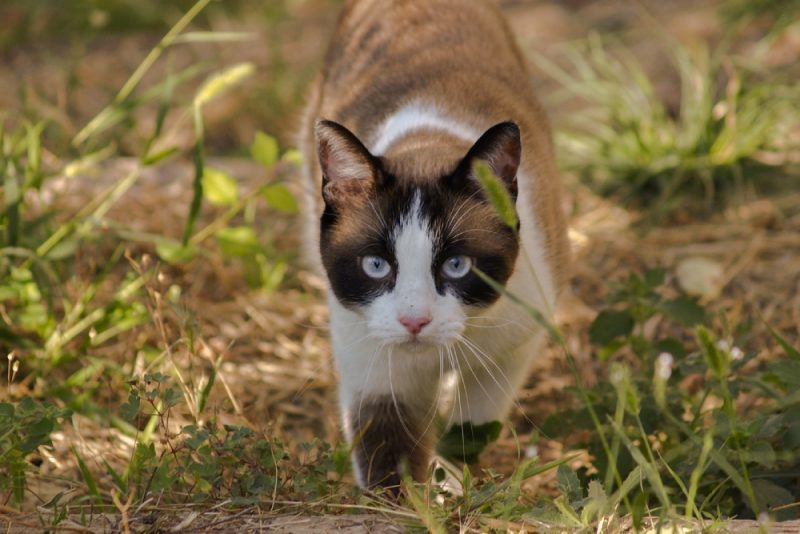How to Tell Cat Gender By Face? 3 Vet-Approved Ways

Male and female cats can have physical and behavioral differences. Additionally, each faces its own unique health challenges, which can make it essential to know what sex you’re adopting.
The only 100% reliable way of knowing a cat’s sex is by looking at their genitals, some subtle differences in their facial structure may be able to provide insight. Read on to learn more.
Note: While the words “sex” and “gender” are often used interchangeably, there is a distinction between the two terms with “sex” referring to the biological, chromosomal and physiological characteristics and “gender” being more complex to define and primarily a human concept and social construct. In this article we are referring to a cat’s biological sex.
The 3 Ways to Tell a Cat’s Gender By Their Face
1. Head Shape
Males, especially unneutered ones, have large, rounded heads with angular facial structures. Their broader faces are due to hormones, namely testosterone. Testosterone is a major factor in muscle development and stimulates the release of growth hormones, which contribute to bone density and growth.
Females will generally have a softer facial shape and more delicate features.
2. Jowls & Snout
Intact males, in particular, have very prominent jowls (also sometimes adoringly referred to as “tomcat cheeks”) due to the presence of testosterone. A tomcat’s chubby cheeks are more than just a cute facial feature; they can also protect their face and neck during fights.
Their snouts can also be longer and broader than females.
3. Whiskers
Cats use their whiskers to learn more about their world. Brushing whiskers against objects provides information about the object’s size and texture. A cat’s whiskers come in handy when they’re trying to gauge whether they can fit into tight spaces. So, it makes sense that a male’s whiskers would be longer simply because they’re larger than females.
Intact adult male cats often have larger whisker pads than their female counterparts, adding volume to their face and giving a softer appearance.
Using Genitals to Determine a Cat’s Sex
The only surefire way to tell a cat’s sex is by examining its genitals. This can be more difficult before a kitten is 6 weeks old as their genitalia is still underdeveloped and not easily visible. When you have a litter of kittens it can be helpful to compare littermates.
Once they’ve hit 6-8 weeks of age, determining gender is usually pretty simple. You’ll need to focus on two things:
- The distance between the genital open and the anus
- The shape of the genital opening
To figure out what sex your kitten is, follow these simple steps:
- Choose a time when your kitten is relatively calm. This will most likely be right after a meal before they settle down for a nap.
- Sit down on the sofa or a chair and lightly hold the kitten in your lap.
- Gently lift their tail and look at their back end.
- The distance between the anus and the opening to the penis in males is more significant when compared to the distance between the anus and the vulva opening in females. The penile opening is circular, while the vulvar opening is more like a straight line.
- A male kitten’s testicles won’t usually be visible until 6 to 10 weeks of age but you might be able to see excess fur and tissue between the anus and penis where they will be.
Final Thoughts
Male cats are larger in height and weight than their female counterparts, and the same rule applies to their faces. Males, especially intact ones, will have chubbier “cheeks” and large, rounded heads. Their snouts and whiskers are generally longer. Females have softer facial shapes and more delicate features.
While you can use your cat’s face to guess its sex, this isn’t a foolproof method. If you want to know your kitten’s sex with 100% certainty, you’ll need to examine their genitals. If you’re still not sure, your veterinarian can help.
Featured Image Credit: Next is nicer-K-R7, Shutterstock







